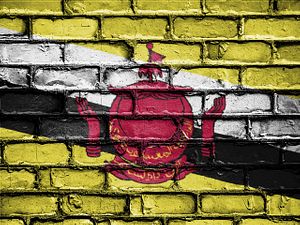Over the weekend, Brunei carried out a planned military exercise. The drills and their framing put a rare spotlight on how the Southeast Asian state is thinking about and acting with respect to its own defense amid a series of internal and external security challenges.
As I have observed before, Brunei, one of the smaller countries in Southeast Asia, has faced no short of challenges in recent years including on the economic front. Nonetheless, Brunei does have an important security role to play in some key defense issues, whether it be in counterterrorism or in the South China Sea, where it is one of four Southeast Asian claimants.
Over the past few days, Brunei’s military was in the spotlight for carrying out a set of drills under the banner of Exercise Setia Bersama. The exercise took place as planned from January 31 to February 2 in Brunei.
Per Brunei’s defense ministry (MINDEF), Exercise Setia Bersama was conducted across Brunei Darussalam in all four districts, including the International Convention Center (ICC) in Brunei-Muara District and all military camps in the districts, with a notification issued to the public ahead of time. It featured Royal Brunei Armed Forces (RBAF) units, along with support from the Royal Brunei Police Force (RBPF) and Gurkha Reserve Unit (GRU), and was partly witnessed by top military officials including Brunei’s second minister of defense and its military chief.
According to MINDEF, the exercise provided a platform for “a more realistic training opportunity” for RBAF to test and validate procedures at the operational and tactical levels, and it also required the RBAF to conduct joint level planning, coordination, and synchronization of execution by employing a comprehensive approach with the RBAF units and other government department security agencies.
Interestingly, MINDEF also specifically noted that the exercise was tied to the preparation for Brunei’s hosting of next year’s ASEAN Summit when it becomes the ASEAN chair. It said that the exercise was “focused on the key objective of RBAF readiness towards responding to complex and asymmetrical environments such as peaceful public protests.”
To be sure, it is rare to see a direct inclusion of “peaceful public protests” in a public statement as an objective for an RBAF exercise, even if domestic concerns clearly do factor into the preoccupations of Brunei’s defense establishment. The exercise itself as well as its framing provides a window into what Brunei is thinking and doing ahead of its holding of the ASEAN chair.
































